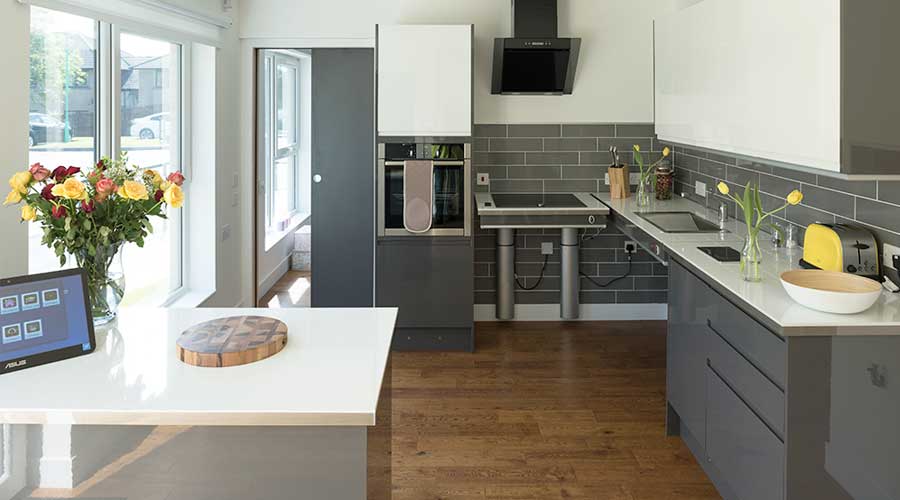
How assisted living facilities can keep residents safe in the bathroom
As much as we’d all like to maintain our health and agility well into old age, an inescapable fact of life for most of us will be an eventual decline of mobility and balance.
Our agility and cognitive abilities deteriorate as we get older, making falls much more common. Not only do we become more prone to falls as we age, we also become more susceptible to injuries thanks to a gradual loss of bone density and physical strength – a process that shockingly begins at just 25.
According to the CDC, more than one out of four seniors experiences a fall each year. Roughly every fifth fall results in a serious injury. Some three million older people need emergency treatment after a fall each year. Falls can also be fatal, accounting for approximately 34,000 senior deaths annually.
For the nearly 30,000 assisted living communities across the US that are home to more than 800,000 Americans, taking steps to minimize the risk of falls is an important part of keeping residents safe. One of the best ways to do that is to fall-proof bathrooms as much as possible.
The bathroom can be a dangerous place
Bathrooms may often be the most dangerous room in both assisted living facilities and private homes.
With a bathroom typically being of a smaller size, leaving very little place to maneuver as well as being wet and slippery, there are many likelihoods for accidents. For instance, should an elderly person fall there is a high chance that they will hit a hard surface, such as the tiles, sink, toilet, or bathtub, which can easily lead to an injury.
Boost independence and maximize space


The most common scenarios are falls that occur when stepping into or out of the shower or when using the toilet.
That’s why many assisted living facilities will have care workers help residents in the bathroom. The American Health Care Association and National Center for Assisted Living (AHCA/NCAL) estimates that 64 percent of assisted living residents need assistance bathing and 40 percent need help using the toilet.
Most facilities also have basic safety features installed like seated showers and support bars, but even those can pose dangers.
Some elderly residents with limited mobility fall when they try to support themselves on either the shower bars or the sink. The safety equipment is generally regarded as a type of one-size-fits-all solution that cannot be moved, but residents in assisted living facilities have widely different sizes, needs, and mobility levels.
True bathroom safety is customizable
Even though most assisted living facility residents have their own private bathrooms, the facilities are typically designed to accommodate all potential residents. But what may have worked well for a regular-sized elderly resident with decent mobility is unlikely to work for a wheelchair user or a bariatric resident.
A support arm that is fixed in place and unable to move in any direction have limits as to how many can use it safely and efficiently. There are cases where these types of safety equipment can hinder access and make it difficult for residents to safely use the bathroom.


Installing flexible bathrooms in your facility can improve lives and maximise resources
This is why the best bathrooms in assisted living facilities are easily customizable to accommodate each user’s size and mobility level. This could be anything from changing the height or horizontal placement of toilet support bars, a movable seat that allows residents to slide in and out of the shower, or even sinks that can be raised and lowered at the push of a button.
Not only can accessible and fully-adjustable bathroom fixtures reduce the risk of falls and injuries, they can also often allow residents to bathe and use the toilet on their own. This has the double benefit of improving the resident’s quality and life and freeing up care workers’ time for other clients.
Related articles
You can find more guidance, information and inspiration in the articles listed below.














